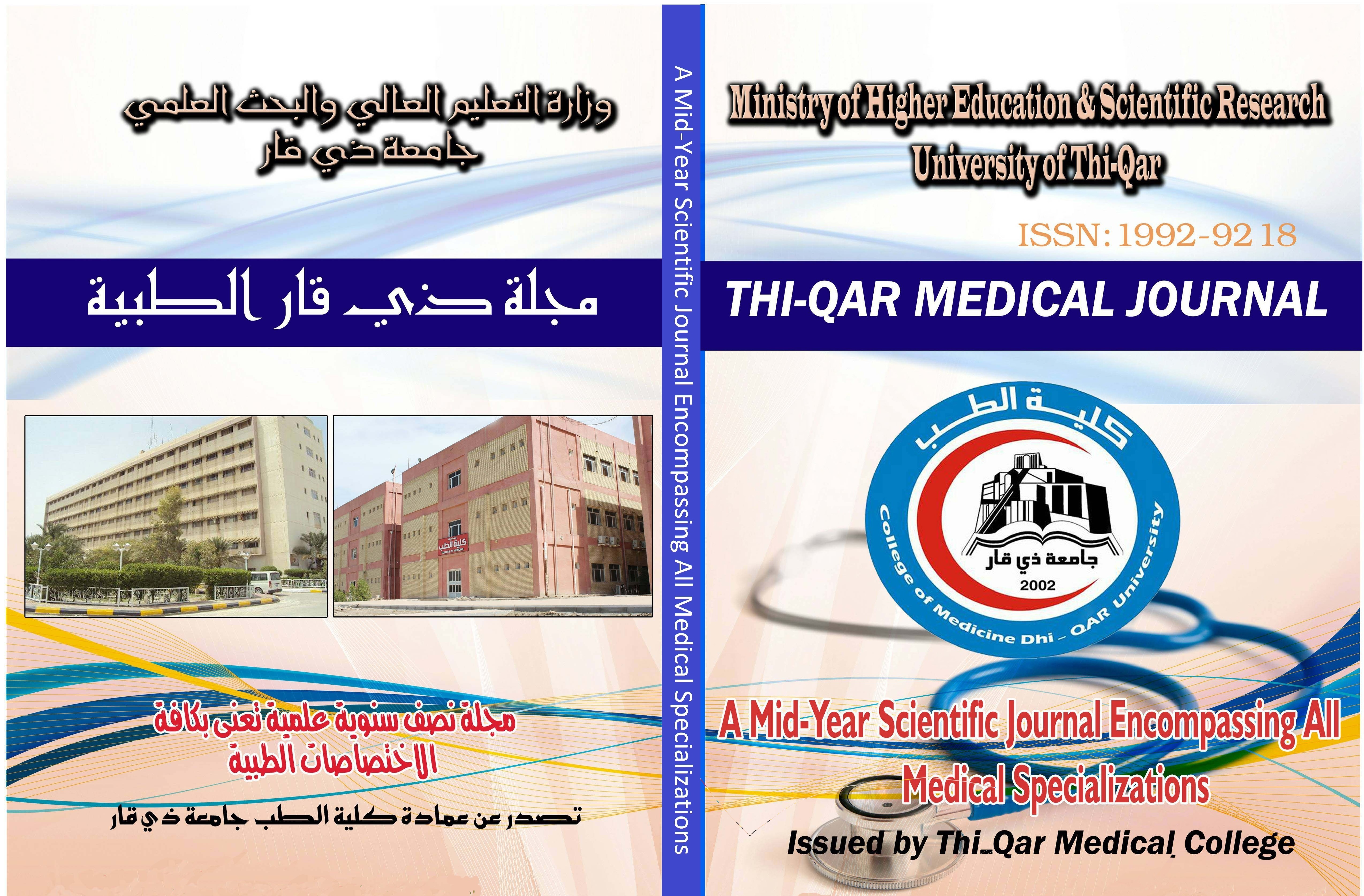Abstract
Introduction: Obesity represents one of the biggest and most serious worldwide health problems which is growing
dramatically around the globe. Obesity causes a serious adverse effect on the health of an individual. It ranks as the
second highest avoidable reasons for fatality.
Objectives: To determine the proportion of overweight and obesity and to determine the relationship between BMI
with sleep and leisure activities among middle school students.
Methodology: Correlational descriptive study was being carried out at middle schools in Baghdad City from
September 4th 2023 to March 20th 2024. The study involved 360 students (12–15 years old). Using non-probability
(convenience) sampling technique. Measurements included BMI, weight, and height.
Results: The study found that 26.6% of students were overweight or obese. Students in first grade had the lowest
percent (5.6%), while third-graders had the highest rate (11.8%). The data indicates that was negative and strong
association between student's BMI and practice of sport. There was no evidence of a relationship between the
prevalence of obesity and lesiure activities.
Recommendation: Preventive programs focusing on encouraging lifestyle changes, eating patterns, and increased
physical activity levels must be undertaken in the early stages of a child's development.
dramatically around the globe. Obesity causes a serious adverse effect on the health of an individual. It ranks as the
second highest avoidable reasons for fatality.
Objectives: To determine the proportion of overweight and obesity and to determine the relationship between BMI
with sleep and leisure activities among middle school students.
Methodology: Correlational descriptive study was being carried out at middle schools in Baghdad City from
September 4th 2023 to March 20th 2024. The study involved 360 students (12–15 years old). Using non-probability
(convenience) sampling technique. Measurements included BMI, weight, and height.
Results: The study found that 26.6% of students were overweight or obese. Students in first grade had the lowest
percent (5.6%), while third-graders had the highest rate (11.8%). The data indicates that was negative and strong
association between student's BMI and practice of sport. There was no evidence of a relationship between the
prevalence of obesity and lesiure activities.
Recommendation: Preventive programs focusing on encouraging lifestyle changes, eating patterns, and increased
physical activity levels must be undertaken in the early stages of a child's development.
Keywords
body mass index
Leisure Activity
Middle School students
Obesity
Sleep
